UK’s rarest cars: the Austin/Rover Montego at 40
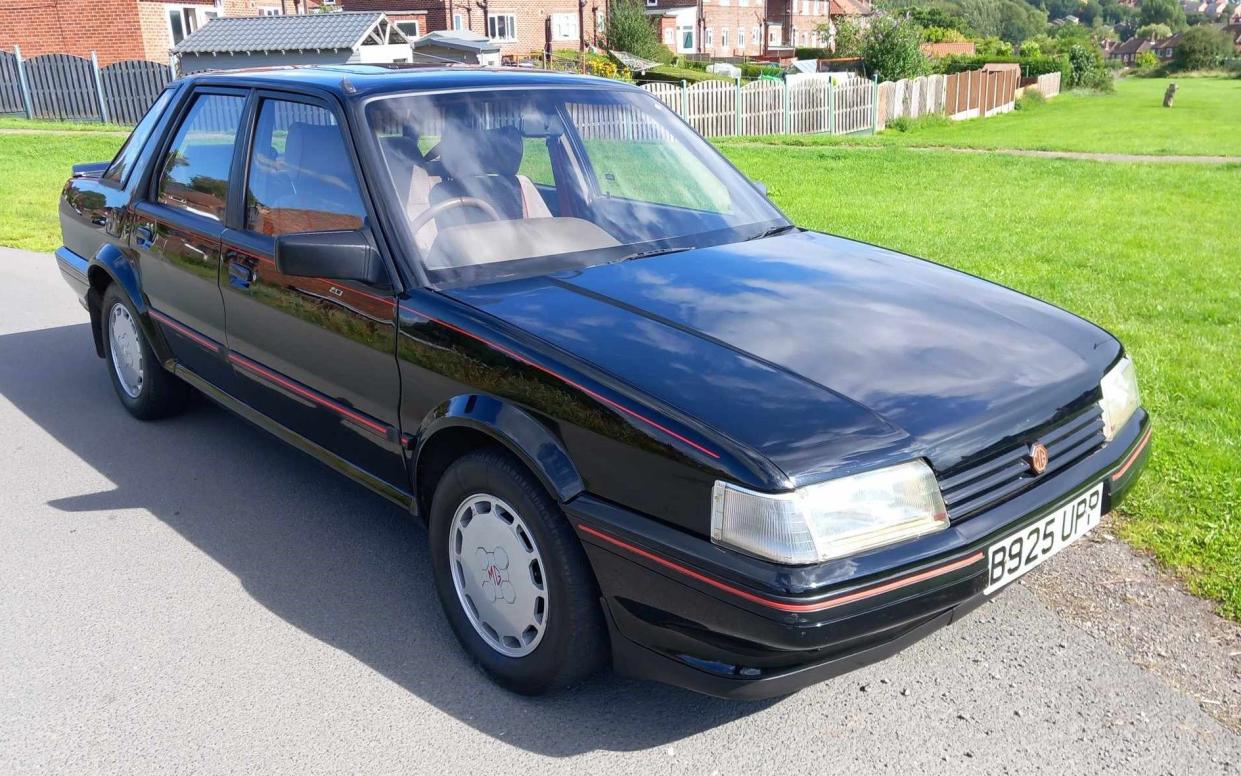
On 25 April 1984, British Leyland unveiled the car that was crucial to its survival as an independent manufacturer. The company intended the Montego saloon to dominate the nation’s office car parks – and today its enthusiasts argue that it deserved far more success than it achieved.
British Leyland (BL) commenced work on Project LM11 in 1977 and, as with so many of its cars, its development was less than straightforward. The bodywork was the product of several parties and when Roy Axe became styling director in 1982 he was less than impressed: “My first remarks were that the design should be scrapped and the whole thing done again.”
That was impossible as BL urgently needed a medium-sized saloon to replace the antediluvian Morris Ital, itself a facelifted Marina (which had been launched in 1971). One executive observed: “Not having a [Ford] Cortina or [Vauxhall] Cavalier in our line-up was like having one arm tied behind our back.”
The future Montego used the front-wheel-drive Maestro hatchback’s steering, brakes, suspension and basic floorpan but was 16 inches longer. British Leyland invested £210 million in the LM11 and claimed it was “an inspired creation” and this newspaper thought it “More than just a Maestro with knobs on”. By the time the Montego was launched, the second-generation (and front-wheel drive) Vauxhall Cavalier was a formidable rival, while BL also hoped buyers would prefer a traditional boot to the hatchback luggage area of the rear-driven Ford Sierra, which had controversially replaced the booted Cortina in 1982.
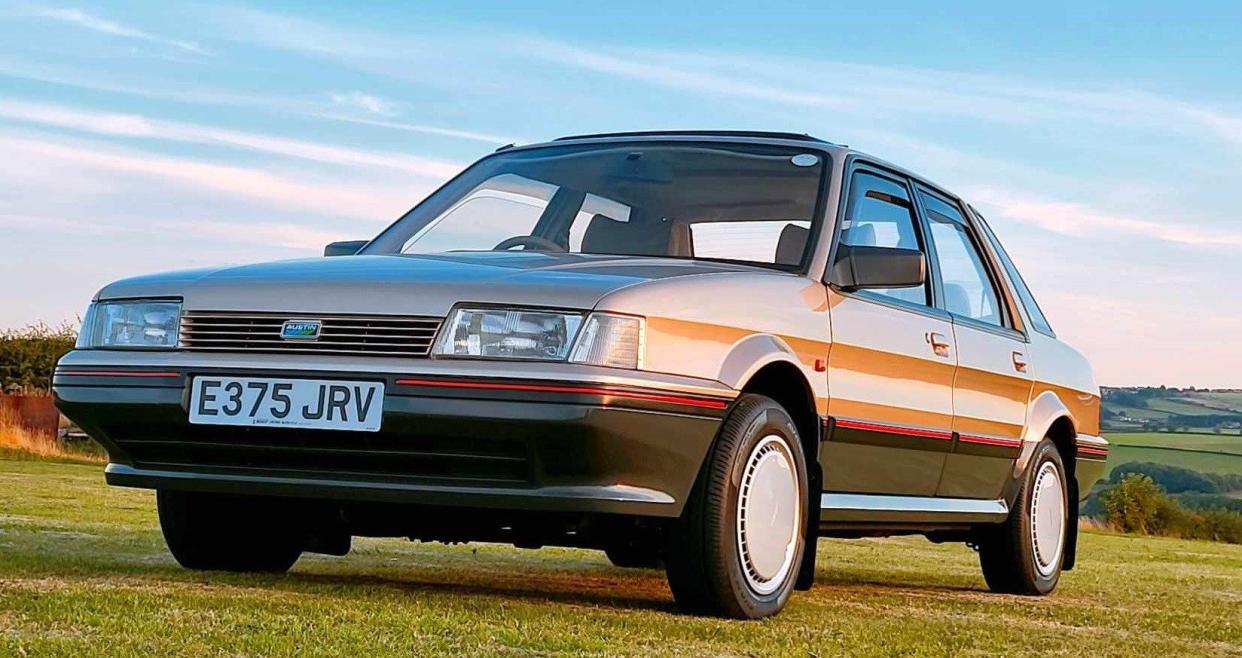
Harold Musgrove, chief executive of the Austin-Rover division, told the press: “The Metro saved our bacon, Maestro pointed the way ahead, but Montego will unlock the door not only to bigger sales at home but also help us to build networks in overseas markets.” He also threatened to expel comedian Les Dawson from the launch party for making jokes about the Montego.
BL hoped to sell 4,000 units weekly, with 60 per cent of output destined for fleet customers. The motoring historian Keith Adams noted that in 1984, the total value of this market “was put at between £7,000 million and £8,000 million a year”. A further challenge was that about half of company car drivers now had an input into their choice of vehicle, rather than having one allocated by a gimlet-eyed fleet manager.
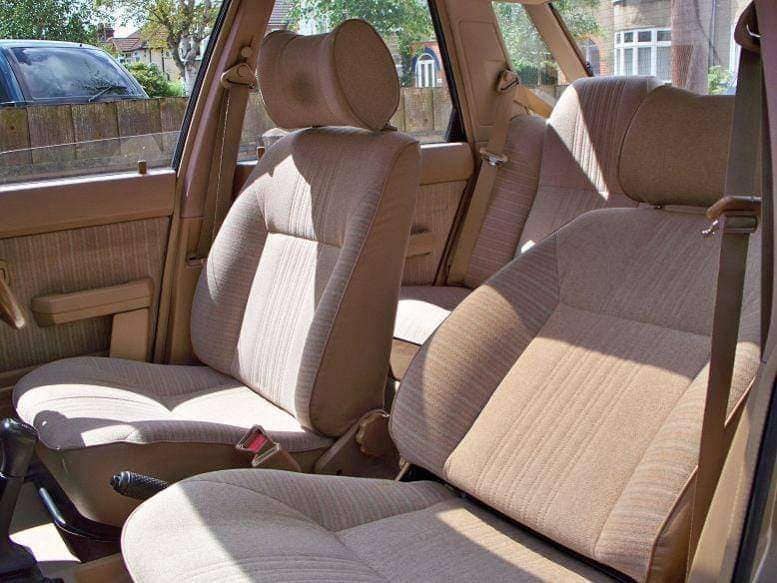
To prepare their dealers for selling to business customers, BL commissioned an entertainingly bizarre sales-training film starring Robert Lindsay and Peter Egan. The overall impression is of desperation, even as Lindsay’s Austin-Rover dealer raves about “how good a car it really is”. The message was clear – the Montego had to succeed.
Happily, the press response was positive. Motor Sport believed “Austin Rover have come into this market sector with a really good family car range, which is likely to earn them a good share of the sales potential”. Motor described the Montego as “a car of exceptional all-round ability”.
The initial line-up ranged from a 1.3-litre base model to the 2.0-litre Vanden Plas. The penultimate version, the MG Montego EFi, cost £8,415 and boasted a fuel-injected 1,994cc engine and close-ratio gearbox. Autocar preferred it to the BMW 318i; Ray Greenwood’s 1984 model is one of the very few surviving early MGs fitted with the electronic “talking dashboard”. However, The Telegraph complained about the “bossy voice synthesiser”.
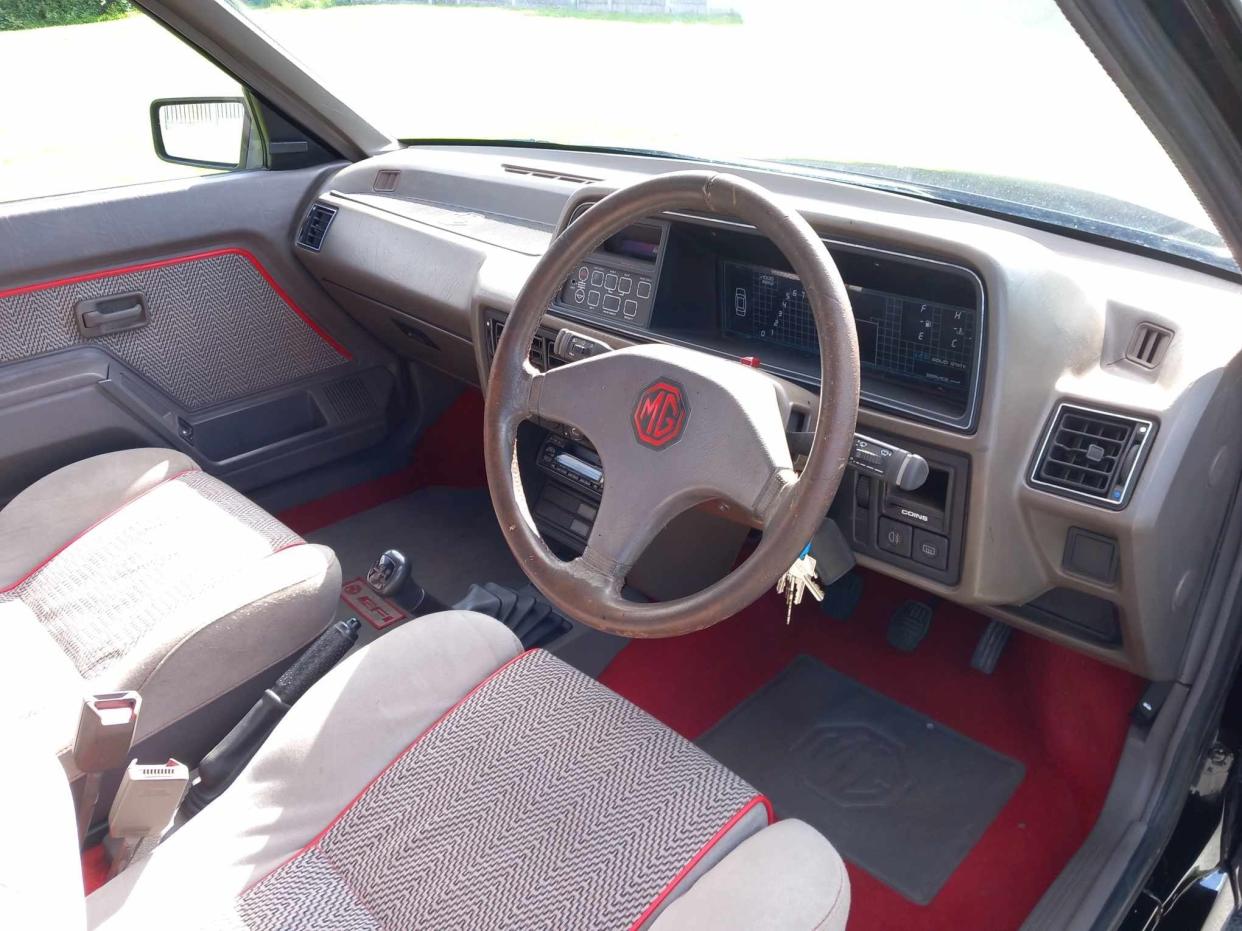
Reliability was a more severe problem across the range, not least because this issue had blighted BL’s image for many years. Motor reported: “The windscreen leak, stalling when cold, rough engine idle and poor fit of the door trims experienced on our MG were flaws and inconsistencies which we would not expect to appear in production.” Leyland’s management could not have joyfully reacted to such an article.
The Estate, launched in the autumn of 1984, the 1985 MG Turbo and the 1988 Diesel enhanced the range. One year into production, the Montego held 4 per cent of the UK car market, but when BL became the Rover Group in 1986 its prospects of outselling the market-dominating Ford Sierra and Vauxhall Cavalier already seemed limited.

Dealers hoped the 1987 trim revisions to the cheaper models would lend them a “Yuppie” persona; Robert Meldrum’s E-registered 1.6L sports distinctive two-tone paintwork. Meanwhile, television advertisements demonstrated how, for a mere £7,115, the owner could enjoy a brave new world of hair gel, Filofaxes and very odd driving.
Meldrum’s Montego is among the last cars to bear the Austin name. In 1987, the Rover Group dispensed with the famous Longbridge marque on the grounds that it was now associated with pipes and slippers and regarding The Archers as dangerously radical. However, the debut of the R8-series Rover 400 in 1990 relegated the Montego to the role of an ageing bargain-priced model, while the 600 series of 1993 made it look faintly prehistoric. When BMW acquired the Rover Group in 1994 its chairman, Bernd Pischetsrieder, was allegedly surprised to find the Montego still in production.
Yet the 1993 Diesel Countryman owned by Tanya Field was excellent value at £11,195 and ideal for a motorist needing a capacious and dependable estate car. She regularly uses her Montego for community work and even travels to the Loire Valley in it without missing a beat. One of the few negative comments Field has heard regarding the Montego was during a 2015 visit to Elstree Studios, when a passer-by exclaimed, “I thought they all rusted away.”
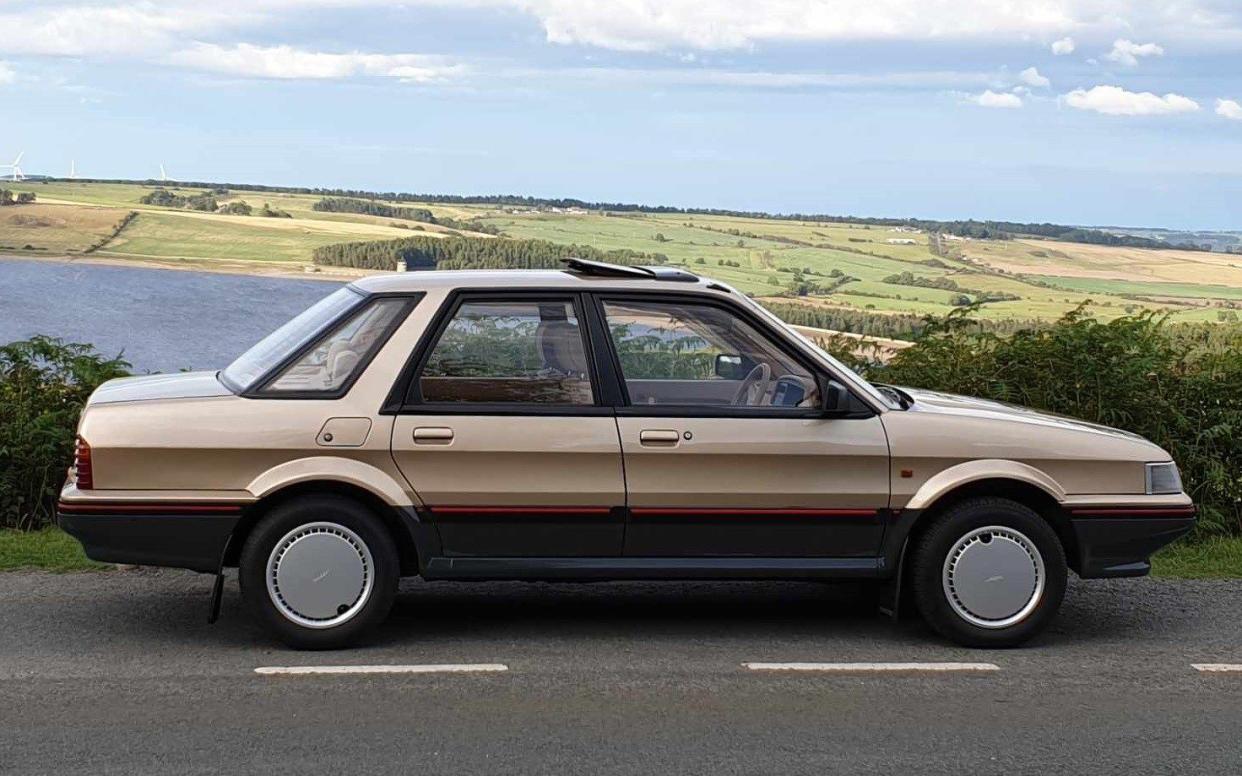
The last of 571,460 Montegos departed the factory at Cowley, Oxford in December 1994. Today, no more than 109 remain registered for road use, according to the howmanyleft.co.uk web resource.
The Maestro and Montego Owners’ Club has many members who are too young to recall when grey loafers were vaguely fashionable and who appreciate the Montego for its genuine merits. One problem, as Musgrove observed in 1985, was that “We’re paying the penalty now for British industry’s problems in the 1970s”, and the Montego suffered from its predecessors’ negative image.
But it should not be forgotten that What Car? believed the Montego would “steadily eat into the company sales cake which at the moment is happily divided between Ford and Vauxhall”. Its tragedy was that the Montego appeared so close to achieving that goal 40 years ago. As Autocar stated in 1993, it was “Underrated from Day One.”


